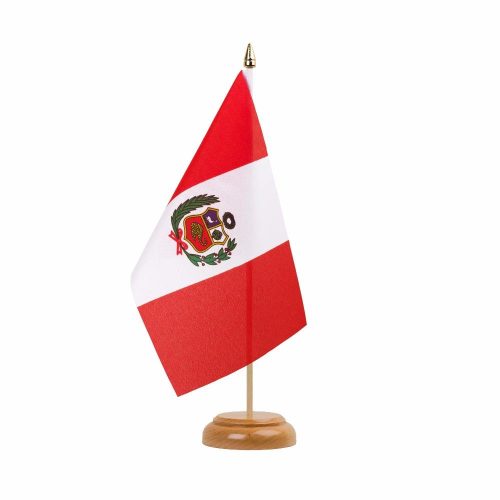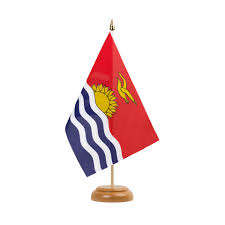Flags have been used throughout history as a powerful means of protest and political expression, serving as a visual symbol of a cause or movement. Here are some examples of the role of flags as a form of protest and political expression:
- Protests and Demonstrations: Flags are often used during protests and demonstrations as a means of conveying a message or making a statement. For example, during the civil rights movement in the United States, the Black Panther Party used the black panther symbol on their flag to represent their struggle for racial equality and justice.
- National Liberation Movements: Flags have been used as symbols of national liberation movements seeking independence from colonial rule. For example, the flag of India, which features the spinning wheel and orange, white, and green stripes, was a symbol of India’s struggle for independence from British rule.
- Resistance Movements: Flags have also been used as symbols of resistance against oppressive regimes or occupying forces. For example, during the Palestinian struggle for statehood, the Palestinian flag has been used to symbolize their resistance against Israeli occupation.
- LGBTQ+ Rights: Flags have been used by the LGBTQ+ community as a symbol of their struggle for equality and recognition. The rainbow flag, first created in 1978, has become a symbol of LGBTQ+ pride and is often used during pride parades and other LGBTQ+ events.
- Environmental Activism: Flags have also been used by environmental activists to raise awareness about environmental issues and advocate for sustainable practices. For example, the Greenpeace flag features a white dove and the words “Greenpeace” in green, symbolizing their commitment to non-violent environmental activism.
Overall, flags can serve as a powerful means of protest and political expression, representing the values and beliefs of a particular cause or movement. By raising a flag, protesters and activists can make a bold statement and draw attention to their cause.


